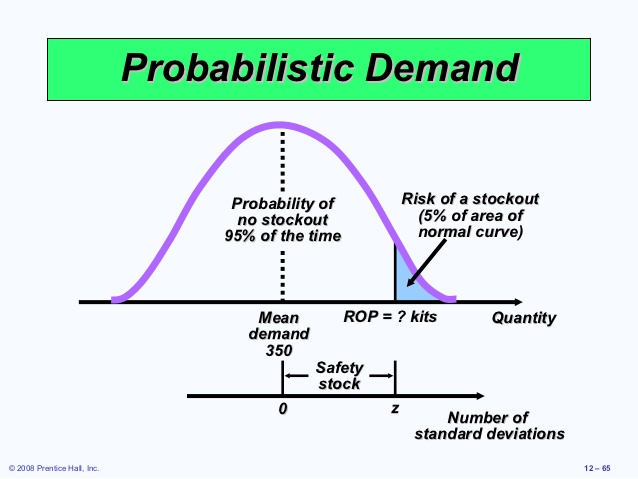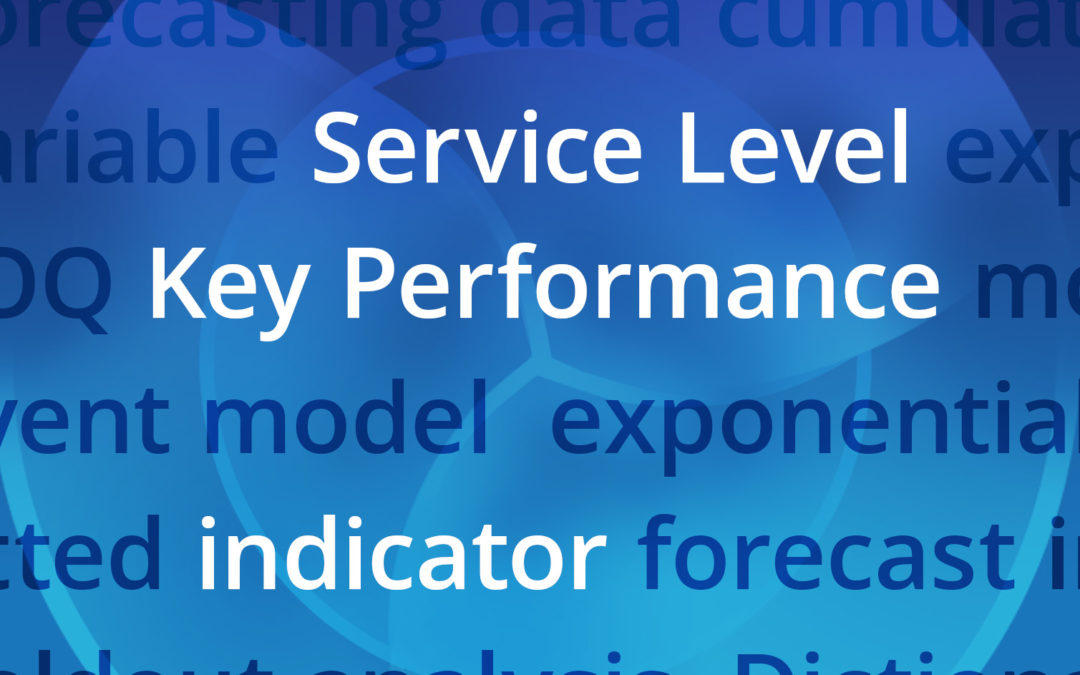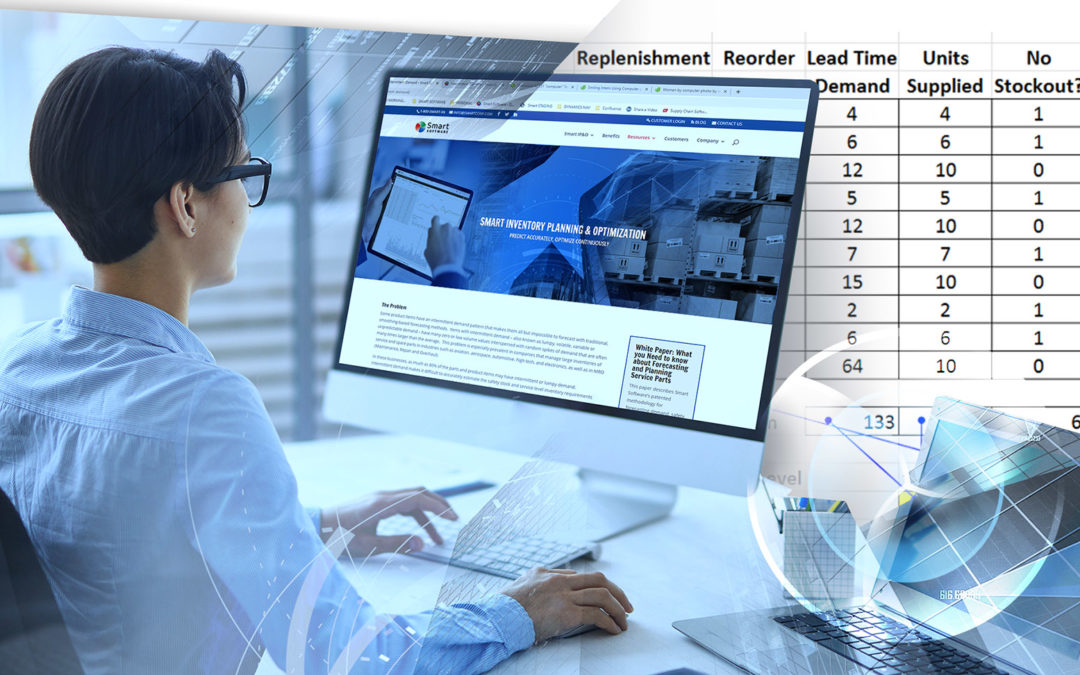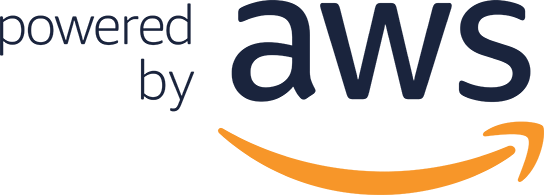Forecasting is a fully developed business process that most organizations still struggle with today. Almost everyone’s top priority is probably to be able to consistently and accurately forecast Sales, Demand, Costs, Inventory, etc. The inability to obtain a good forecast frequently has a significant business impact. Inaccurate forecasting leads to overstocking or running out, resulting in high costs and excess, impacting the bottom line and the success of the company.
A good forecast should give you enough confidence to make sound business decisions. For a more efficient forecast, consider these best practices:
- What are the most common forecasting methods, and why do they produce inaccurate results.
- How to achieve better ROI and optimal processes through scale, granularity, and agility
- How to improve forecasting accuracy
- How to use simple machine learning and artificial intelligence tools to get accurate and scalable forecasts

The 3 levels of forecasting: Point forecasts, Interval forecasts, Probability forecasts
There are three possible types of forecasts that can be used in demand and inventory planning processes. Point forecasting, interval forecasting, and probabilistic forecasting. Each type of forecast offers progressively more information to inventory managers that will enhance the planning process. In this video blog, Dr. Thomas Willemain explains the differences and highlights the advantages that probabilistic forecasting offers. In summary, knowing more is always better than knowing less and the probability forecast provides additional information that is crucial for inventory planning.

Undershoot is Sabotaging your Service Level!
Undershoot means that the lead time begins not at the reorder point but below it. Undershoot happens every time the demand that breached the reorder point took the stock down below (not down to) the reorder point. Undershoot picks your pocket before you even begin to roll the dice. It deludes the inventory professional into thinking his or her reorder points are sufficient to achieve their targets, whereas actual performance will not make the grade.

The Advantages of Probability Forecasting
Most demand forecasts are partial or incomplete: They provide only one single number: the most likely value of future demand. This is called a point forecast. Usually, the point forecast estimates the average value of future demand. Much more useful is a forecast of full probability distribution of demand at any future time. This is more commonly referred to as probability forecasting and is much more useful.

Service Level vs Fill Rate
Service level and fill rate are two important metrics for measuring how effectively customer demand is satisfied. These terms are often confused and understanding the differences can help improve your inventory planning process. This video blog (Vlog) helps illustrate the difference with a simple example using Excel

When implementing inventory optimization, don’t swing for the fences when a single will do!
When the pressure is on to cut inventory and improve performance, you might want to move fast much like a hitter who wants to hit a home run. And in some cases, swinging for the fences might be the recommended approach. More often than not, a progressive approach to inventory optimization is more effective

Forecasting and the Rising Tide of Big Data
“Trillions of records of millions of people…Finding the useful and right information, understanding its quality and producing reliable analyzed data in a timely and cost-effective manner are all critical issues.”
Problem
Generating accurate statistical forecasts isn’t an easy task. Planners need to keep historical data continually up to date, build and manage a database of forecasting models, know which forecast methods to use, keep track of forecast overrides, and report on forecast accuracy. These steps are typically managed in a cumbersome spreadsheet that is often error-prone, slow, and difficult to share with the rest of the business. Forecasts tend to rely on one-sized fits all methods that require seasonality and trend to be added manually resulting in inaccurate predictions of what comes next
Solution
SmartForecasts ® Cloud
Accurate Demand Forecasts
Best Forecasting Methods

Imports Historical Data
What can you do with SmartForecasts?
- Run a forecasting tournament that selects the right forecasting method for each item.
- Hand-craft forecasts using several time-series forecasting methods and non-statistical methods.
- Automatically predict trends, seasonality, and cyclical patterns.
- Imports demand data from files
- Leverage ERP connectors to automatically import demand data and return forecast results
Who is SmartForecasts for?
• Demand Planners.
• Forecast Analysts.
• Material & Inventory Planners.
• Operational Research Professionals.
• Sales Analysts.
• Statistcally Minded Executives.
A Reliable and Secure Platform











